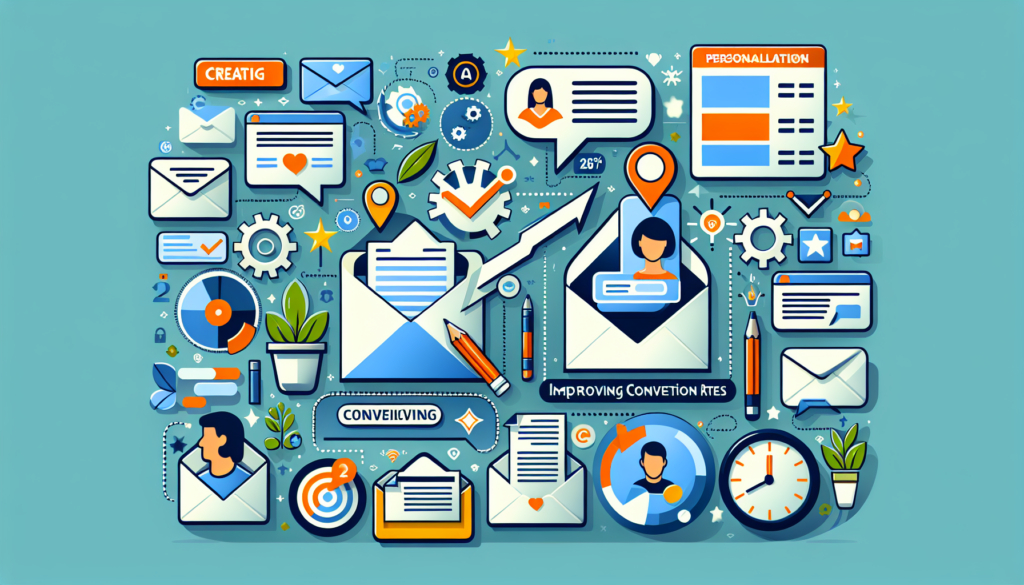Email marketing remains an essential tool in the strategy of any digital business, consolidating as a direct and customizable communication channel with the customer. Despite the growing digital competition, its effectiveness remains intact, as long as personalization techniques evolve to meet the expectations of an increasingly demanding and diversified audience. This evolution involves a meticulous analysis of advanced segmentation methods, intelligent automation, and the integration of artificial intelligence systems to increase the conversion rate. This article dives into the depths of these fields, addressing everything from theoretical fundamentals to the latest practical trends, supported by relevant case studies.
Advanced Segmentation
Personalization begins with a detailed understanding of the audience through user segmentation. Classifying subscribers based on demographic data, browsing behavior, and previous transactions allows for a level of personalization that goes beyond the recipient’s name in the email greeting.
Real-Time Behavior
Analyzing real-time behavior paves the way for hyper-relevant personalization. The use of automated tools to track actions such as visits to specific product pages or shopping cart abandonment facilitates the creation of immediate and highly personalized follow-up campaigns.
Micro-segmentation
Micro-segmentation uses algorithms to further subdivide users into ultra-specific groups based on complex interaction patterns. This approach maximizes the relevance of content for each individual and improves the likelihood of conversion.
Intelligent Automation
Marketing automation allows emails to be triggered based on specific user actions or pre-determined events. Companies must develop automated workflows that respond to customer actions and provide meaningful content at each stage of the customer lifecycle.
Contextualized Workflows
Workflows should not only be reactive, but should also adapt to the current context of the user. This includes the stage of the lifecycle they are in (new subscriber, active customer, at risk of churn), their geographical location, and even the time of day, introducing temporal and geographic personalization into email marketing tactics.
Predictive Sending
Predictive sending, an advance in automation, uses artificial intelligence to determine the best time to send an email to a specific subscriber, based on historical interaction data.
Artificial Intelligence and Machine Learning
Machine learning and artificial intelligence are already transforming personalized email marketing.
Predictive Content Optimization
Through predictive analytics, systems can anticipate which type of content is most likely to generate a response from a particular user. This can include specific product recommendations, adjustments in tone or style of the message, and timing the delivery.
Dynamic Subject Line and Content Generation
AI algorithms are capable of generating engaging subject lines that increase open rates and customizing email content in real time to adapt to each user’s dynamic preferences.
Real-Time Interaction and Feedback
Incorporating chatbots and interactive response systems in emails allows for collecting valuable information about user preferences and provides an immediate communication channel with the brand.
Practical Applications and Case Studies
Netflix is a prominent example of the application of personalization techniques in email marketing. Through its deep data analytics of viewing habits, Netflix sends emails with personalized recommendations that increase engagement and, consequently, subscriber retention.
Similarly, Amazon uses micro-segmentation and automation to generate recommendations based on past purchases and user search behavior, thus maintaining relevant communication that drives loyalty and repeat sales.
Future Directions of Innovation
Looking to the future, we can expect even deeper integration of big data and advanced analytics to optimize personalization strategies. Full contextual understanding of the user and their environment, such as weather or local events, could lead to new forms of personalization.
The possibility of personalizing the omnichannel experience for each individual user and the convergence of email marketing with other digital platforms will provide a unified view of consumer behavior.
The inevitable advancement will depend on ethics in data management and transparency in personalization practices, aligning with regulations such as the GDPR to ensure not only effectiveness but also reliability and respect for user privacy.
In summary, personalization in email marketing is a sophisticated art that thrives on technological progress and methodological innovation. With proper execution, it can translate into an enriching experience for the consumer and a significant increase in the conversion rate for brands. Companies that adopt these advanced techniques will be not only at the forefront of the competition but will also cultivate a more committed and satisfied customer base.

